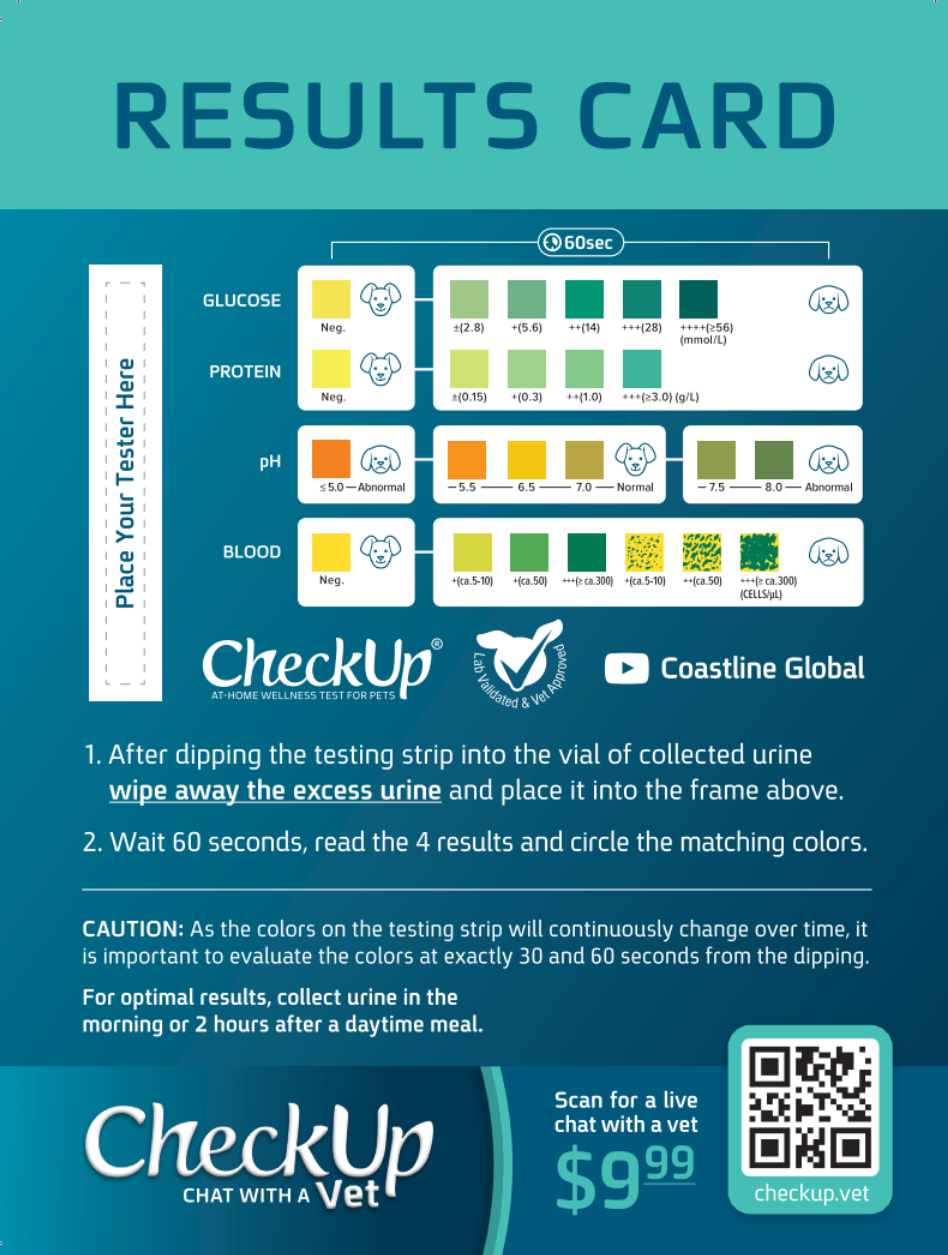Dogs and Diabetes — Symptoms, Diagnosis and Treatment
Diabetes is a well known condition that affects humans and has been an increasingly larger health concern in recent years. Humans are not the only ones concerned however, recent reports show that cases of dog diabetes have been on the rise since the 1970’s.
In humans, the harshness of the condition often can be mitigated by a proper diet, but some dogs face a condition from which they may never be free and that will require careful monitoring and treatment to control — maybe even daily insulin injections.
Diabetes Mellitus in Dogs
Although we experience it in different severities, there is little difference between the conditions that affect humans and dogs.
When the body is not capable of producing sufficient insulin for metabolizing food and generating energy, or if the bodies insulin receptors are not properly utilizing the increased amounts of insulin in the blood, diabetes has set in, and treatment will be necessary.
Fortunately, this never happens without fair warning, and humans can keep an eye on their canine companions for signs that indicate concern. This is the best way to address a situation before larger problems ensue.
Symptoms a Dog could be Diabetic
The problems with insulin regulation in diabetics causes an increase of glucose in the blood that can’t be properly utilized. The brain reacts by thinking the body is starving, and the muscles don’t get the signal to begin converting the glucose into energy.
This means that a dog will be constantly hungry and eat more than usual, while also being very low on energy, and possibly losing weight. This lack of energy increases as extra glucose is carried out of the body in the dog’s urine.
Furthermore, the dog will drink more water to help expel the glucose from the body faster, so you can expect a very thirsty dog that is peeing a lot more than usual. It won’t be long until the condition begins to affect their liver, kidneys and eyes.
Symptoms of Diabetes in Dogs
– Loss of Weight/ Sometimes Obesity
– Low Energy Levels/ depression
– Increased Hunger and Thirst
– Excessive Urination
– Cloudy eyes
Diagnosing Diabetes in Dogs
Diabetes can be a tricky condition to pinpoint in dogs because the symptoms that are represented are indicative of a few different conditions.
A qualified veterinarian will gather information on the dog’s physical condition by performing a physical examination, investigations into clinical signs and reviewing the results of blood tests and a series of urinalysis to determine glucose levels over a period of time.
Treating Diabetes in Dogs
The treatment will depend largely on the results of the lab work and the severity of the canine’s condition. It is also important to inform the veterinarian of any other health conditions that could be affected by medication and treatment.
It may be necessary for some dogs to be admitted to a hospital while their blood sugar levels are managed, this is not always necessary. Some dogs can be immediately introduced to high fiber diets or grain free diets and oral medication in an attempt to regulate glucose levels.
Regular insulin injections are a high possibility, these are essential to adequately regulate glucose levels. After a while, you may be able to administer the injections at home. Spaying your friend is another way to control blood sugar levels.
Your vet may show you how to check glucose levels in your home, and this will be important to controlling the condition. It is also important to consider that each dog reacts to medication and treatment very differently, and treatments will have to be readjusted throughout their life.
About the Author
Louis Venter is the creator of diabetescoop.com, a website devoted to providing support and on-topic, frequently updated information for diabetics and those in their support network.







